Pellet stoves use compressed pellets (made from wood or other biomass) for fuel and can be either fireplace inserts or free-standing stoves. They can be categorized into two types based on the pellet delivery systems, top-fed and bottom-fed. A top-fed pellet stove directs pellets into the combustion chamber from the hopper at the top of the stove. Its combustion chamber is more likely to be filled with ash and other debris. A bottom-fed pellet stove feeds pellets into the combustion chamber from the bottom and automatically pushes the ash into the ash pan. The cleanup of this kind of stove is typically easier because of the larger capacity of the ash pan.
Among all the biomass technologies available, pellet stoves may be the easiest to operate and maintain. Unlike wood stoves, pellet-burning involves no cutting, less hauling, no splitting, stacking or waiting for your wood to dry. If used correctly, pellet stoves produce very little smoke and creosote, the latter being the main cause of chimney fire. Wood pellets are normally manufactured from sawdust or wood chips through a combination of heat and pressure. Using premium grade pellets will help reduce the ash build up in stoves. EPA does not certify nor label wood pellets.
